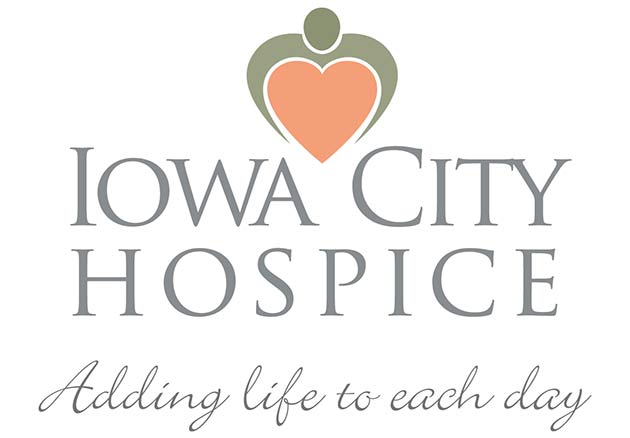Family Caregiver Connection
Helpful tips for family caregivers
July/August 2014
Summertime! In this issue we help you with thoughts for reviewing financial documents and tips for activities when family comes visiting. We also continue our series about preventing injury and loss of independence as a result of a fall.
Are financial documents up to date?
If your loved one has created a will or living trust, you can breathe a big sigh of relief. These documents clarify who will get what after your relative passes away.
But life is always changing. Periodically you should review the following:
Who is in charge of distributing the assets? In a living trust, this might be called the “trustee.” In a will, it is the “executor.” Is the person named still the most appropriate person for the job?
What if the trustee or executor has become unable to fulfill the distribution duties? He or she might have moved or might be ill. It’s wise to be sure that an alternate is named to address that possibility.
Are all the current assets included? For instance, has Mom sold the house and downsized her living arrangements since Dad passed away? Have there been any new purchases or sales of inheritable property? Whose name is on the title or deed(s)?
Are all the accounts listed? From bank accounts to investment plans, it’s wise to have them all noted in one central place.
Is the list of beneficiaries current? Who is to receive what in terms of financial assets? What about personal belongings with sentimental meaning?
Is the list of charitable contributions accurate? With the passage of time, your loved one’s interests may have changed.
You should consult with an elder law attorney when family or financial circumstances change. Death of a spouse or key caregiving family member, diagnosis of a serious illness, marriages, divorces, or a new birth in the family are important triggers. So are sales or purchases of major assets. It is especially important to have an elder law attorney review legal documents if your loved one is considering application for Medicaid, veterans benefits, or long-term care.
At a minimum, estate plans should be reviewed every five years.
Return to topEasy activities with guests
Summer is often a time when relatives take advantage of good weather to come from afar to visit an ailing loved one. They might not be prepared for all the changes that have happened since the last visit. You may wish to read our article about making the most of family visits. It offers tips for setting expectations and maintaining routines.
Beyond preparing the emotional stage, it’s nice to have some special activities planned. Here are some simple options to consider:
Look at old photograph books together. Listen to stories. Make a small project of writing the names of key people on the back of photos.
Draw a family tree. Your loved one may or may not remember all the branches. But you can have many hours of interesting conversation learning what he or she knows about long-lost relatives. You may not have many opportunities left to explore this aspect of your family history.
Enjoy a pet or other animal. If there is a household pet, spend some cuddly time with the animal and ask your loved one to tell stories. Even just stroking the pet or watching it eat can bring out moments of tenderness and wonder. Consider a field trip to a local dog park. Dogs are naturally joyous. Bring some lawn chairs, find some shade, and laugh together as the dogs frolic and chase.
Put together a jigsaw puzzle. Sometimes talking can be wearing. But a quiet camaraderie builds when a puzzle is pieced together over several days. A shared purpose and gentle concentration on the pieces can bring soothing moments of comfortable silence.
Visits to a sick or ailing loved one are about making memories together. If you keep activities simple and adjust them to your relative’s abilities that day and that hour, you can indeed make this a summer to remember.
Return to topReducing the risk of falls

Has your mother fallen recently? She’s not alone!
One out of four adults 65 and over experiences a fall each year. That makes falls the leading cause of injury for older adults.
Falls are serious business. A few grim statistics: In the U.S. an older adult dies once every 20 minutes as a result of a fall. Disabilities from a fall include injuries that can be life changing: a traumatic brain injury or broken hip. Especially for seniors, falls pose a danger to an independent lifestyle. They often usher in a permanent need for daily assistance.
Who is at risk for falling?
Has Mom or Dad fallen twice in the past year? Have you noticed balance or gait problems? Has there recently been a severe fall? These are signs of “high risk.” Other signs involve poor vision, or taking medicines that list dizziness as a side effect.
A fall risk assessment
To be safe, ask your relative’s doctor to do a fall risk assessment. This includes a review of
- underlying medical conditions. Many chronic diseases affect and the ability to get around.
- the home environment. The doctor can write an order for an occupational therapist or other trained professional to do a home assessment. They can identify simple ways to remove hazards and make the home safer.
- medication use. Some types of drugs, or daily use of four or more prescription drugs, increase the risk for falling.
Preventing falls
A recent review of numerous studies show that some strategies are better than others. The most effective measures for preventing a fall include:
- Exercise, especially activities that promote balance.
- Getting regular eye exams and following through with corrective procedures.
- Removing hazards around the house.
- Wearing sturdy shoes and slippers. A firm sole is better than a soft cushy one because it’s easier to feel the ground below.

